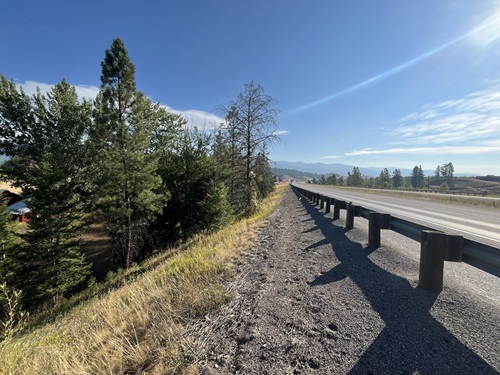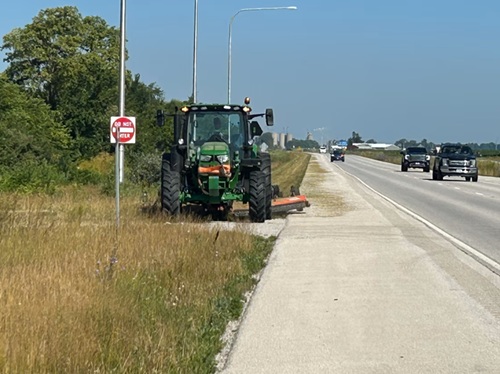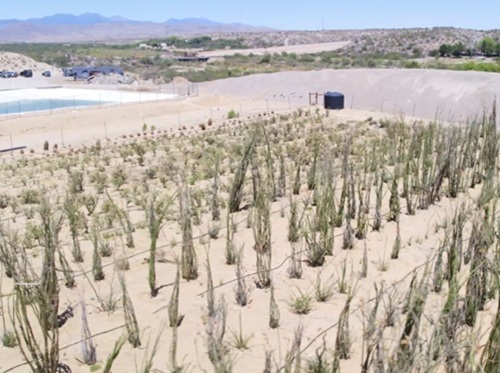The Illinois Department of Transportation said it has entered “peak mowing season” for roadways statewide, with the heaviest mowing period to continue until August 15.
[Above photo by Illinois DOT]
During the summer, the agency said it conducts two primary types of mowing: Safety mowing occurs directly adjacent to the road as needed, while maintenance mowing – which lasts for approximately six weeks and starts around July 1 – includes areas next to culverts, ditches, traffic control devices and other structures.
Both types of mowing operations conform to the Illinois Monarch Project Mowing Guidelines for Pollinators, protecting as much roadside habitat and nectar resources as possible.
[Editor’s note: As an aside, the agency’s latest “Take the Exit” podcast episode interviewed one of the many frontline workers who handle not just mowing operations but pothole repairs, winter storm response, and other critical duties for Illinois DOT – in this case, Daby Sabo; a highway maintenance lead worker based out of the agency’s Carlinville Maintenance Yard.]
The Illinois DOT added that its mowing schedule helps to minimize the impact on the traveling public and encourage pollinator activity, which assists in the reproduction of flowers, fruits, and vegetables that are essential to the state’s ecosystem and agricultural economy.
Reducing the amount of land maintained and growing pollinator habitat also protects the endangered rusty patched bumble bee and the monarch butterfly, the official state insect of Illinois, the agency said.
“By strategically scheduling when and where mowing takes place, Illinois DOT is doing its part to help the environment and Illinois businesses,” said Gia Biagi, the agency’s secretary, in a statement.
She noted that, in 2020, Illinois DOT joined in the launch of the Illinois Monarch Action Plan as part of the Illinois Monarch Project; a collaborative effort with local and state partners to help ensure the survival and successful migration of monarchs by increasing and protecting habitat.
Other state departments of transportation also tailor their mowing operations to aid roadside pollinator habitats – as well as to support other endeavors.
For example, in 2023, the Wyoming Department of Transportation detailed how the agency’s highway mowing program helps makes things easier for snowplow operations in the winter months; specifically, to reduce the formation of snow drifts.
 Wildlife and Ecosystems
Wildlife and Ecosystems



